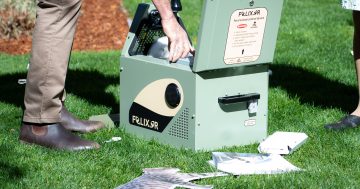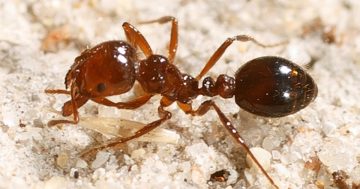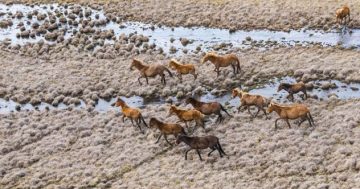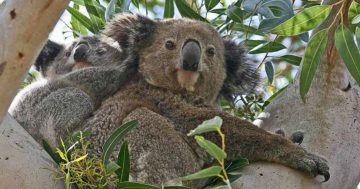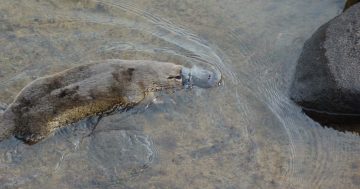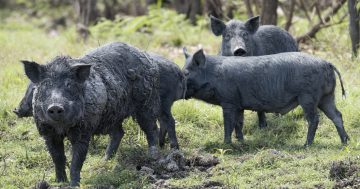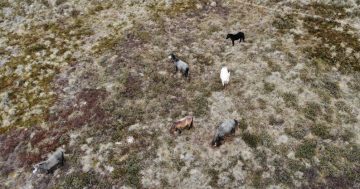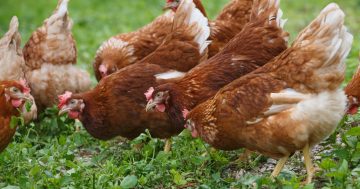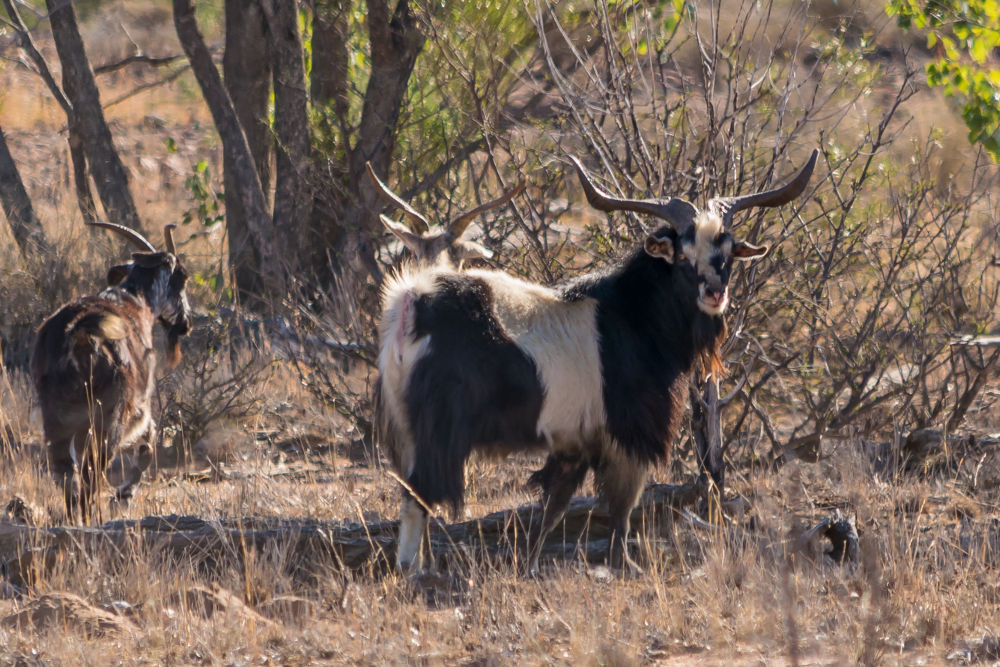
“This plan is about better identifying and monitoring the threat and taking action,” said Minister for the Environment and Water Tanya Plibersek. Photo: Queensland Government.
In a new effort to tackle the longstanding problem of feral goats, the Albanese government has added the animal to the country’s invasive species list. Alongside the inclusion, consultation has opened for a Threat Abatement Plan that suggests various control methods to minimise the impact the feral goats have on the environment.
Of concern are the 128 threatened plant and animal species at the mercy of feral goats, like the brush-tailed rock wallaby and 11 types of wattle. The goats can be found in every state and territory, damaging some of Australia’s most important ecosystems.
The Great Barrier Reef World Heritage Area has at least 25 islands with feral goats overgrazing vegetation, disrupting bird nesting sites and creating severe erosion by trampling over critical habitats. In the Blue Mountains in NSW, they have damaged fragile cliff faces by grazing on rock shelf vegetation.
Over 5.8 million feral goats are estimated to be in NSW alone. Across the country, they carry disease, compete for food with native animals, and have a significant financial impact on Australian communities and farmers every year.
“Invasive species are one of the most serious threats to native plants and animals across Australia,” said the Minister for the Environment and Water, Tanya Plibersek.
“Cats, horses, yellow crazy ants, and now goats – we have to deal with each of these threats to give our native species the best chance of survival.”
According to the NSW Department of Primary Industries (NSW DPI), current feral populations are descendants of the goats that came to these shores with the First Fleet. The animals were convenient livestock for settlers due to their small stature and ability to eat a variety of plants and produce meat and milk. In the following century, goats were used for emergency food supplies by sailors who released them onto islands and throughout the mainland.
Numbers increased when cashmere and angora goats were imported to establish a fibre industry. As the species spread, settlers, railway construction gangs and miners continued to domesticate the animals so they could be used for their milk and meat. Inevitably, many were abandoned, escaped or intentionally released, creating herds of feral goats.
As part of the government’s new Threat Abatement Plan, new baits, drones and thermal cameras in aerial culling operations will be trialled. The Plan calls for improved data and monitoring along with research into the environmental impact of feral goats.
The draft plan is open to public consultation until 7 February 2024.


